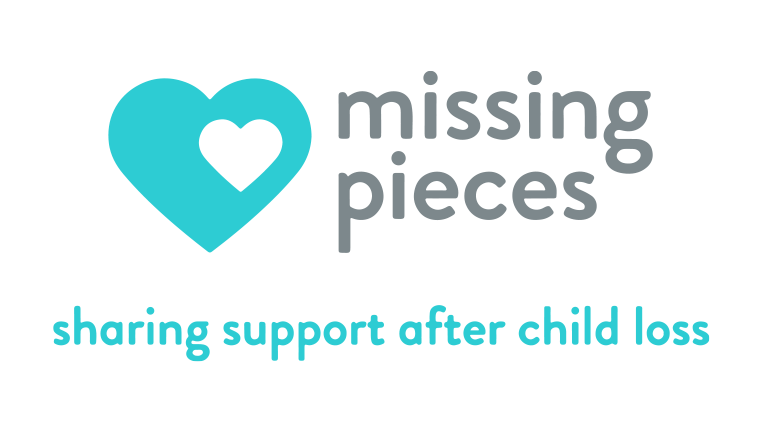School
There is a complex relationship between a grieving child and functioning in the classroom. Families and professionals should strive to work with the schools in supporting the siblings. For some children, school is a refugee, safe from the unpredictability of home. The rules and routine of school are basically the same as before the death. The expectations are the same. In contrast to home where “everything feels different”. Siblings need to be asked what they what others to know and what language they want to be used to explain the illness and/or death of their brother/sister. Some children will want to keep this private and maintain a sense of control of what happens during their school day.
Other children, though, may need additional support. There may be times during their day that they feel emotionally overwhelmed and their feelings become “too big” to maintain the structure of the classroom. They may become preoccupied with thoughts of their deceased sibling or worry about other family members and need to check on them during the day. It is important to work with the child in identifying a “safe adult” with whom they can speak with during the day if needed or to develop a plan for the child to be able to take “grief breaks” during the school day. School counselors should be included but school nurses are also a great ally. It is much easier to say “my stomach hurts” or “I have a headache” than for a child to say they are missing their brother or worried about their mom. It is important to track patterns of absences, tardiness, and/or change in grades, and respond proactively and sensitively to these situations. It is normal for children to experience a period of time where they may be more forgetful, disorganized, struggle with concentration and motivation, but with support and time most students are able to quickly adjust to the school environment.
It is also important for the school to have an awareness and sensitivity to the holidays and other special dates that may have meaning for the family. Depending upon the relationship of the child who died to the school, the school may need to define a classroom response, school-wide response, and a community response during the illness as well as after the death. Parents, caregivers and medical teams need to have on-going communication in working with the school supporting the children.
School Resources:
Missingpiecesgrief.org/school
Grievingstudent.org
Schoolcrisiscenter.org
Tdcschoolkit.org
Handouts:
